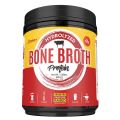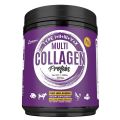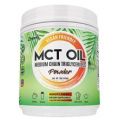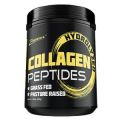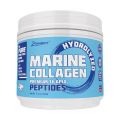Hyaluronic Acid
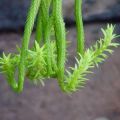
Native hyaluronic acid has a relatively short half-life (indicated in rabbits), so various manufacturing techniques have been deployed to extend the length of the chain and stabilize the molecule for use in medical applications. The introduction of protein-based crosslinks, the introduction of free radical scavenging molecules such as sorbitol and the minimal stabilization of HA chains by chemical agents such as NASHA (non-animal stabilized hyaluronic acid) are all techniques used.
Hyaluronic acid, also known as hyaluronan, is an anionic, non-sulfated glycosaminoglycan distributed in connective, epithelial, and neural tissues. It is unique among glycosaminoglycans because it is non-sulfated, forms in the plasma membrane instead of the Golgi apparatus and can be very bulky, its molecular weight often reaching millions. One of the main components of the extracellular matrix, hyaluronan significantly contributing to cell proliferation and migration, and may also be involved in the progression of certain malignancies.
Products and Services of other companies:
- +1 (949) 468-0555
- 23661 Birtcher Dr.
- www.stanfordchem.com/


